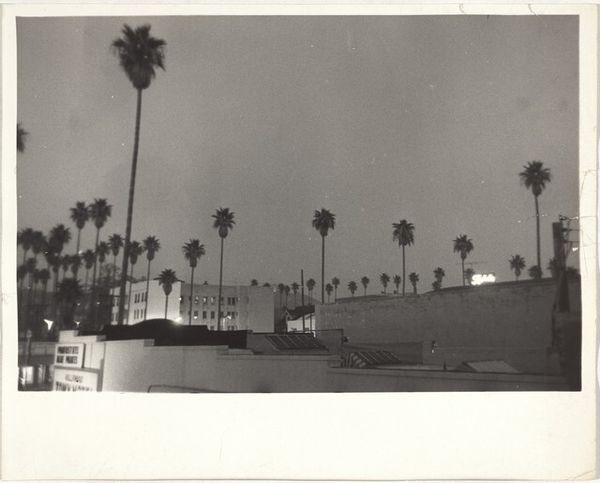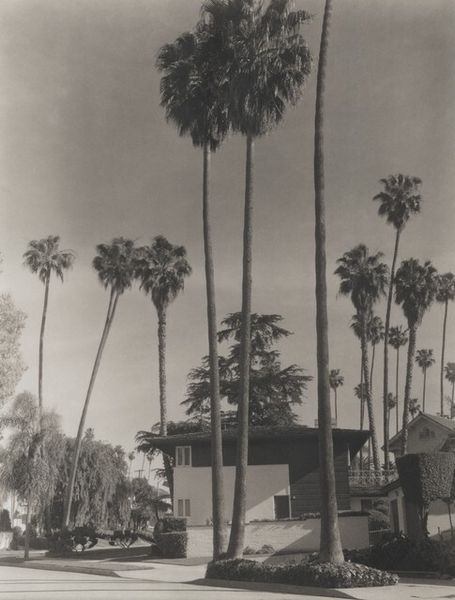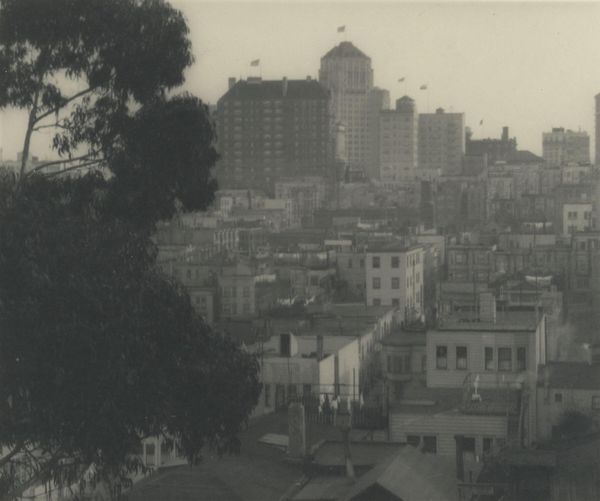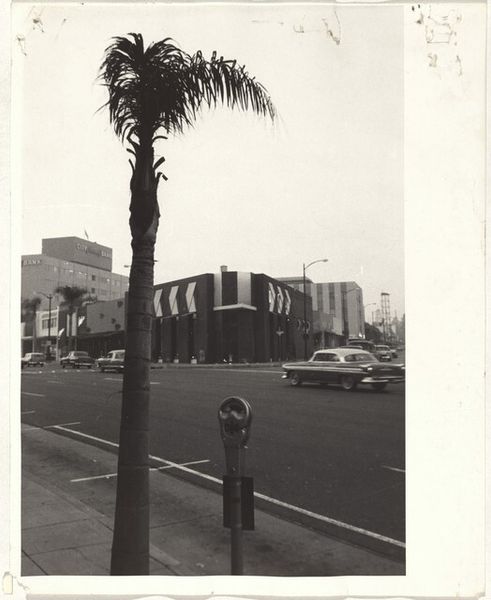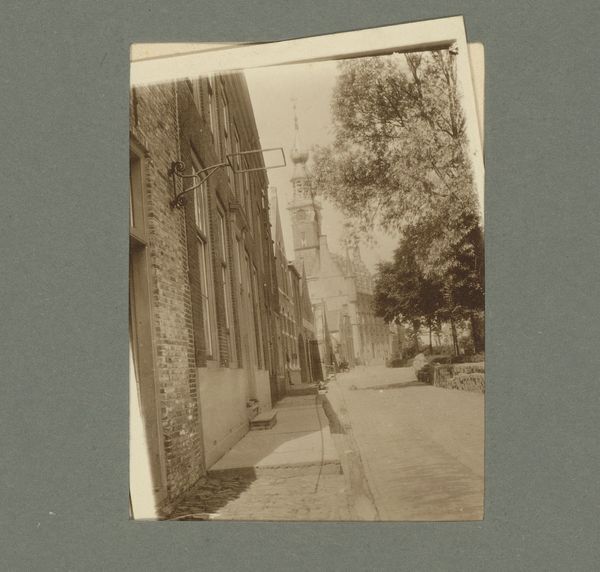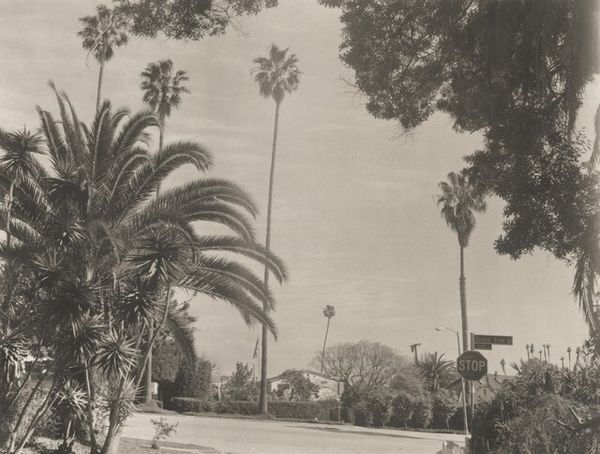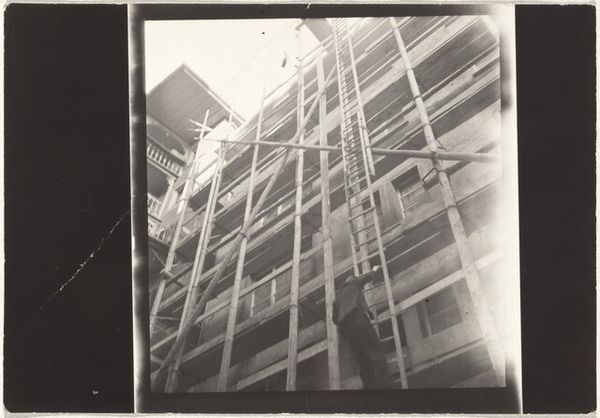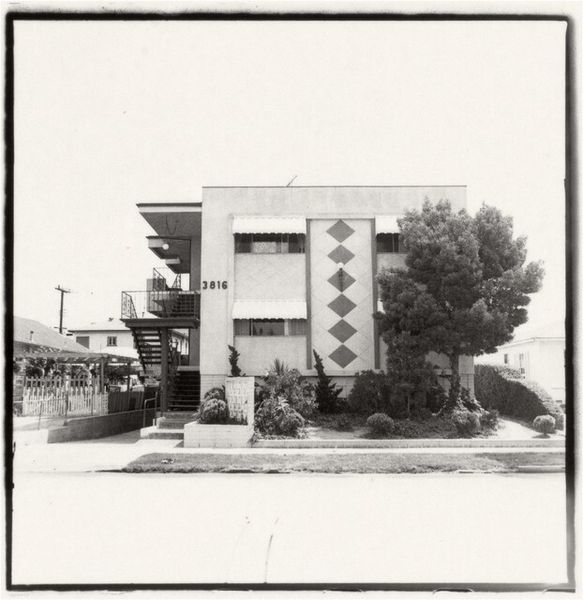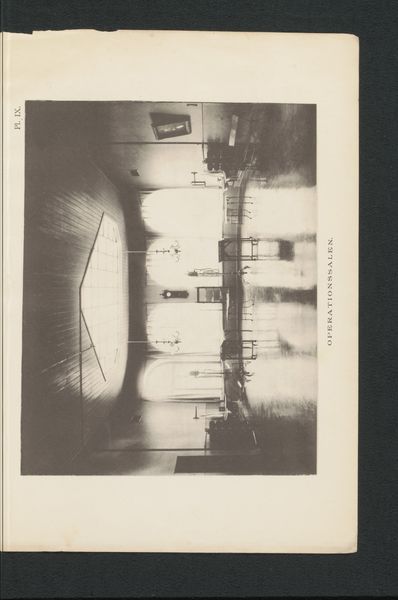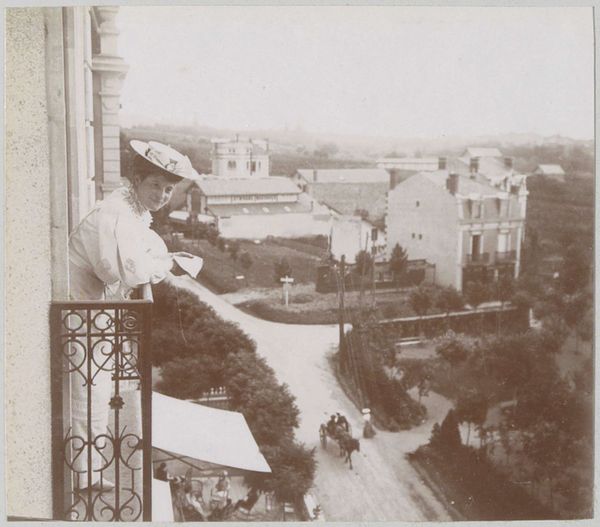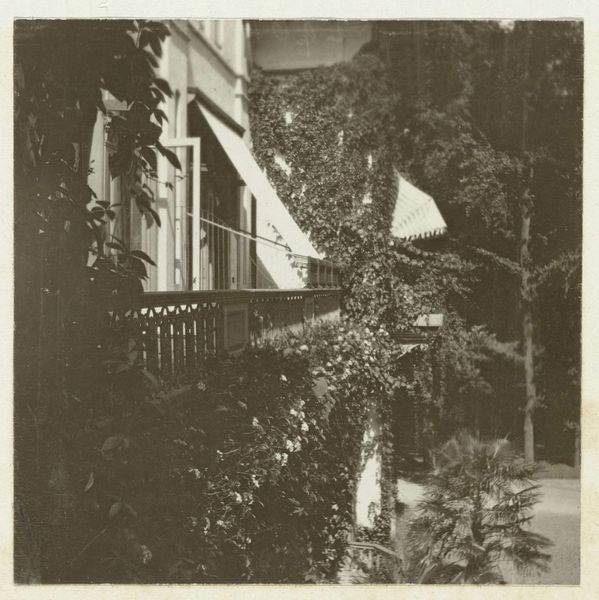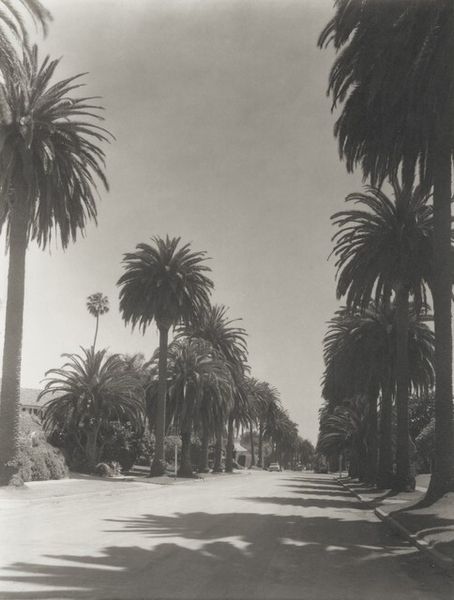
print, photography, gelatin-silver-print
# print
#
landscape
#
street-photography
#
photography
#
gelatin-silver-print
#
cityscape
Dimensions: sheet: 20.3 x 25.2 cm (8 x 9 15/16 in.)
Copyright: National Gallery of Art: CC0 1.0
Curator: This is Robert Frank's "Building--Los Angeles," a gelatin silver print he created in 1955. It's part of his seminal work, "The Americans." Editor: There’s an interesting tension here. The almost derelict-looking building, contrasted by the palm trees… it evokes a feeling of faded glamour, somehow. A slightly melancholic vibe, I'd say. Curator: That aligns well with Frank’s project. He wasn’t aiming for idyllic representations. He sought to capture a more nuanced and often unsettling reality of post-war America. Consider how his choice of the seemingly banal, that slightly rundown building with visible wear, deviates from the idealized image of California often projected. Editor: The building practically fills the frame. Its texture…that clapboard siding is incredibly prominent and appears as almost distressed. And then there's the fire escape, implying a history, perhaps even a precarity, that undermines the image of effortless Californian living. It does draw the eye. Curator: Exactly. Think about the social context: the mid-1950s were a time of burgeoning consumerism and the promotion of the "American Dream." Yet Frank, through his outsider perspective, honed in on realities often overlooked – racial tensions, economic disparities, and a general sense of alienation. This photograph becomes part of that broader narrative of challenging dominant ideologies. Even its monochromatic aesthetic underscores this grit. Editor: It does. It avoids romanticizing the scene. The inclusion of those two palm trees offers an ironic twist too, creating a paradox— a sense of the idyllic existing amidst decay. Curator: And his street photography methods—the grainy texture, unconventional angles— they mirror a kind of social critique. His photography became influential for the shift away from strictly formal aesthetics to something more subjective. He paved the way for future artists to confront social issues and challenge norms through their work. Editor: Seeing Frank’s Los Angeles through his lens definitely reframes the sunny, eternally youthful image of California we've all been force-fed. It serves as a potent reminder that reality is rarely what it seems on the surface. Curator: Indeed, and engaging with works like this allows us to interrogate these constructs, to think more critically about how we perceive and represent culture and society.
Comments
No comments
Be the first to comment and join the conversation on the ultimate creative platform.
